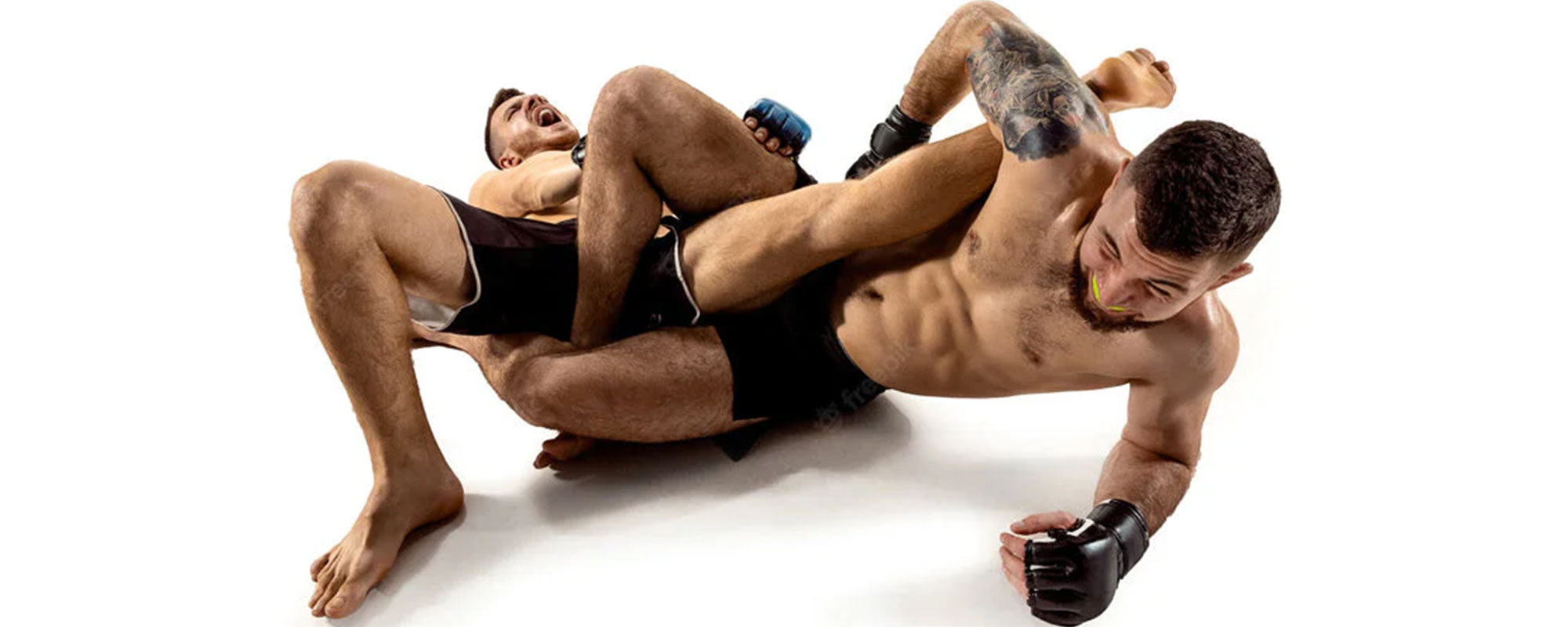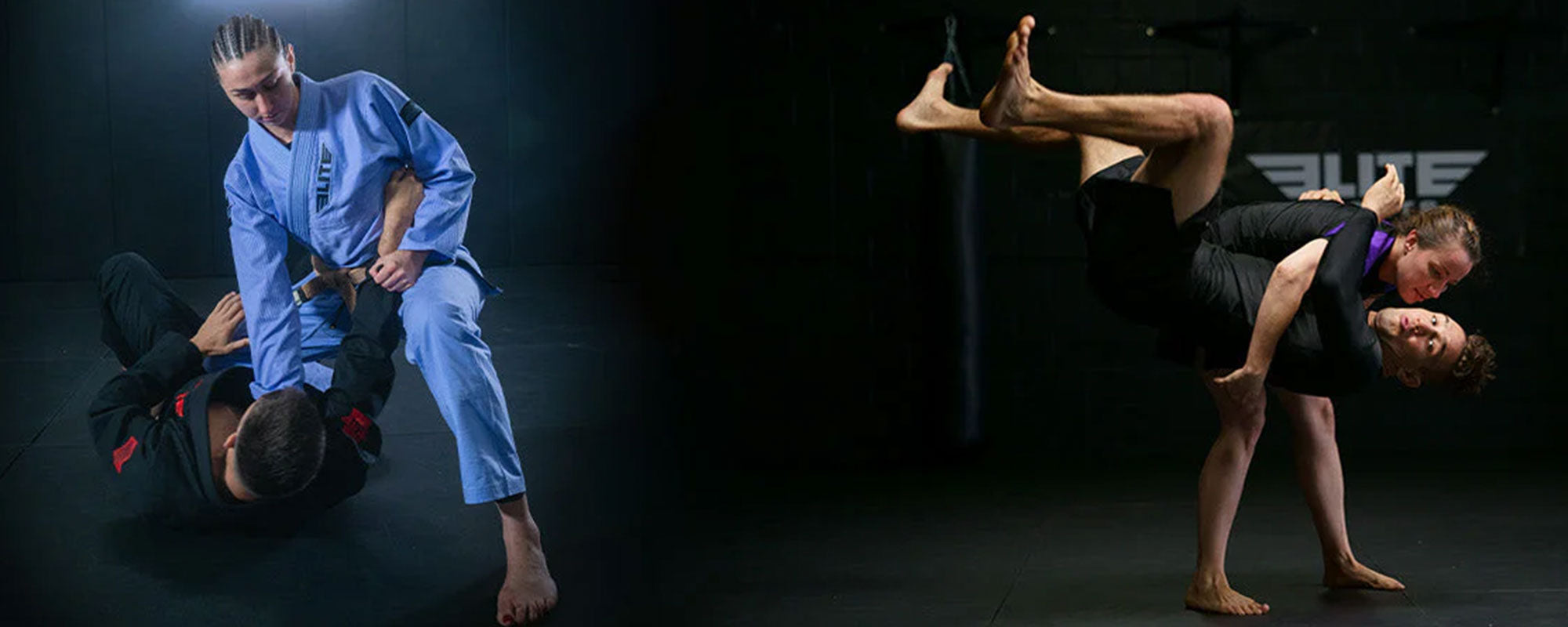Table of content
Walking does not get its due in the field of exercise. When you compare yourself with people who hit the gym daily for long hours, walking seems inadequate.
Walking is an effective and gentler weight loss strategy. However, it is also true that if you want to seriously lose weight, “walking” will result in very slow progress. Unless you convert your walking sessions into a high-intensity workout, nothing will drastically change. And if you do, 30 minutes is all you need.
1. Are 30 Minutes Enough for a Morning Walk?
Surely you love walking. The fact that you are reading this article confirms it. The ability to lose fat through an enjoyable activity is a dream come true. Whether 30 minutes is enough for a morning walk depends on your weight, age, and the duration of your walking sessions.
“Any person who weighs about 155 pounds, and walks at a pace of four miles per hour, burns 175 calories per 30-minutes.”
However, with high-intensity interval walking, the same person can burn up to 300 calories.
2. 30 Minute Interval Workout - HIIT Walking
According to the founder of Get Healthy U TV
“walking is not a waste of time; however, intensity is the key.”
This gives rise to another question. How should I make my 30-minute walking workout a HIIT? Adding more intervals is the answer.
The interval walking program has greater intensity, promoting more fat loss without putting unnecessary strain on the body.
Interval walking includes short periods of brisk walking. In a 30-minute walking program, there are 10 or more intervals in which brisk walking is followed by slow walking or short recovery pauses.
3. HIIT Walking Workout - Calorie Burning Can Be Fun
Note: Walking is usually harmless. You should still consult your doctor before starting any rigorous workout.
3.1. Time Yourself
Keep a timer so that your high-intensity intervals do not exceed the limit.
3.2. Warm-Up
The best warm-up for this workout is slow-walking, which utilizes only 20-40% of your maximal heart rate.
3.3. Pre-Walk Leg Stretching
Perform leg stretches to improve flexibility before you begin your workout. Here are some easy examples of stretches.
Toe Touching Hamstring Stretch:
- Stand in a comfortable position with your feet spread apart slightly.
- With your shoulders facing forward, bend at your hips to reach your toes.
Calf Raise:
- Stand comfortably with your weight distributed equally on both feet.
- Slowly lift your heels so that your toes support all of your weight.
- Hold this position for a few seconds, then drop your heels slowly. Repeat.
Leg Swings:
- Stand straight with feet spread apart slightly and lift one foot in the air.
- Put your hand on the wall for support.
- Slowly swing your leg forward, then to the side, and back to complete a circle.
| Perform | Time | Intensity |
|---|---|---|
| Warm-Up | 5 minutes | 2.5 |
| Stretching | 5 minutes | 2.5 |
| Brisk Walking | 60 seconds | 7-9 |
| Slow Walking | 120 seconds | 5.5 |
| Cool Down | 5 minutes | 2 |
| Total No. of intervals: 10 Intervals | ||
| Total Workout Time: 30 Minutes | ||
1st Interval - The first interval should last for only 60 seconds. Time yourself and push yourself forward with maximal force. Your steps should be faster and shorter. To gauge the intensity of your exercise, use the perceived exertion method.
Perceived Exertion: Borg’s Rating of Perceived Exertion helps to estimate how hard your body is working during exercise. On this scale of 10, a rating of 0-2 means no exertion, whereas a rating of 7-10 means maximum intensity. The numbers 3-6 indicate moderate exertion.
It is recommended that you aim for a 7-9 rating. Signs of this rating include.
- Inability to talk
- Intense tightness in the chest
- Difficulty breathing
- Difficulty sustaining the exercise effort
Slow Down: Reduce your speed after you hit the 60-second mark. Now walk at a moderate pace for 120 seconds to complete one set.
Repeat: Perform nine more intervals with one minute of a brisk, powerful walk and two minutes of a moderate walk. This should complete your 30-minute HIIT walking workout.
Cool Down: After you complete the workout, do a five-minute cool-down stretch. You can perform the same stretches you did after your warm-up.
Calories Burnt: 290 to 300 calories.
4. Intensify the 30-Minute HIIT Walk
Gradually, your body will get used to the first workout. At this stage, take your HIIT walk to the next level.
Here is how you can make your walks a challenging 30-minute HIIT workout.
4.1. Less Rest, More Intervals
In the 1st workout, you have 120 seconds of slow walking, including a recovery period. Bring down the rest period from 120 to 60 seconds and increase the number of intervals from 10 to 15.
| Perform | Time | Intensity |
|---|---|---|
| Warm-Up | 5 minutes | 2.5 |
| Stretching | 5 minutes | 2.5 |
|
Brisk Walking Walk on an inclined plane Jog |
60 seconds | 7-9 |
|
Slow Walking Brisk Walking |
60 seconds | 5.5 6.5 |
| Cool Down | 5 minutes | 2 |
| Total No. of intervals: 15 Intervals | ||
| Total Workout Time: 30 Minutes | ||
4.2. Walk on an Inclined Surface
Walking on an inclined surface is harder compared to walking on a flat surface. You can hike up a hill with more speed during powerful bursts of walking and bring your speed down to a minimum during recovery periods. You can also perform this workout on an inclined treadmill in the gym. Walk on the inclined treadmill for high-intensity and walk on the gym floor for recovery.
4.3. Jog/Walk
Play up the speed by jogging during your high-intensity interval and slow down to a brisk walk. Your lowest exercise effort should be 6.5 in this variation.
5. 30 Minute Full Body Intense HIIT Workout - Plus Walk!
Combine brisk and slow walking with some upper body and lower body HIIT exercises. This workout is more time-efficient because the warm-up and the cool-down sessions are included in the 30-minute time frame.
0-4 Minutes
- Warm up your body with a slow walk for the first two minutes, then increase your speed, reaching a moderate pace during the last two minutes.
4-7 Minutes
- Perform Jumping Jacks for 45 seconds.
- Do Burpees for 45 seconds.
- Spend 45 seconds on Push-Ups.
- Rest for 45 seconds.
7-12 Minutes
- Walk briskly for five minutes. Try to achieve RPE 8 (See rated perceived exertion).
12-15 Minutes
- Rest for 45 seconds.
- After rest perform Half Squats for 45 seconds.
- Do Triceps Dips for 45 seconds.
- Do Walking Lunges for 45 seconds.
15-20 Minutes
- Spend five minutes on moderate pace walk at level 7 exertion.
20-22 Minutes
- Rest for 30 seconds.
- Perform Mountain Climbers for 30 seconds.
- Do High Knees for 30 seconds.
- Spend 30 seconds on Push-Ups.
22- 27 Minutes
- Walk briskly at an intensity rating of 8.
27-30 Minutes
- Walk slowly at an intensity rating of 4 to cool down.
6. Follow-up Low-Intensity Workout
Do not perform HIIT interval walk every day or your health will decline. Research highlights the following side effects of daily HIIT.
- HIIT is taxing on the body, excessive training can stimulate the uncontrolled release of cortisol - the main stress hormone.
- Human body stores glycogen in the liver and the muscles during rest periods. However, daily HIIT sessions use up the free glucose in the blood and exhaust the stored glycogen.
- According to a March 2021 study published by Cell Press Journal, HIIT can disrupt metabolism through mitochondrial impairment. The mitochondria in the cells generate an energy currency called ATP - adenosine triphosphate. Excessive HIIT leads to less ATP generation due to which the cells lack functioning power. An article published by the National Library of Medicine; USA reports the same side effect of HIIT.
- Recent research informs that HIIT causes disturbances in blood sugar and insulin levels, too.
Considering all the adverse effects of HIIT, limit the high-intensity, interval walk to twice a week. Make sure that you only do a 30-minutes, low-impact, steady walk on other days.
This way you will burn around 150 calories, your muscles will not suffer strains, and your overall fitness will improve.












Leave a comment
This site is protected by hCaptcha and the hCaptcha Privacy Policy and Terms of Service apply.